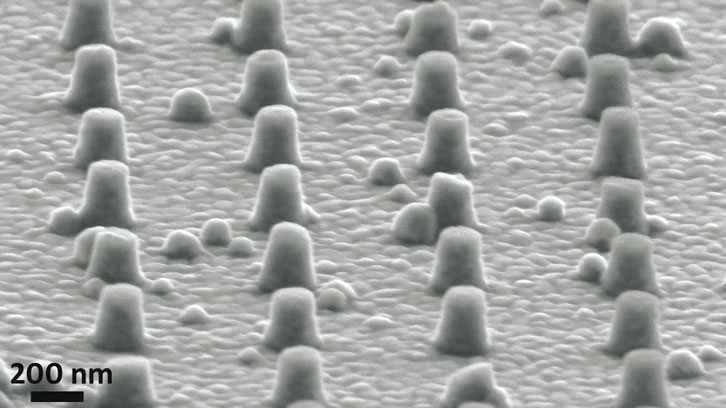Production of Molybdenum Oxides by Electrodeposition

In our advanced industrial society, transition metal oxides (TMOs) emerge as versatile materials due to their wide range of properties. These properties stem from the rich variety in crystallographic phases and complex electronic structures. Molybdenum oxides are an example of TMOs. The performance and successful implementation of these materials in devices greatly depend on their composition, oxidation state and crystallographic phase. Therefore, it is extremely important to control these features.
There are several techniques, either physical or chemical, to produce TMOs in thin film form. Industrially scalable techniques that do not require expensive vacuum equipment and work near room temperature are highly desirable. Electrodeposition satisfies all these requirements at once. The only requisite is the use of a sufficiently conductive substrate for the deposition.
Briefly, electrodeposition consists in the growth of a material on a substrate by means of reduction (gain of electrons) of an ion present in an electrolyte (dissolution). This technique is extremely sensitive to different working parameters like the composition of the electrolyte, the pH or the applied potential. The composition and structure of the deposited material can be tuned by changing these parameters on demand.
In our work the influence of the pH and the additives present in the electrolyte on the type of the deposited molybdenum oxide (MoO2 or MoO3), its crystallinity, adhesion to the substrate, morphology, and degree of porosity have been systematically investigated. In turn, the influence of these characteristics on the mechanical properties of the material, which remained mostly unexplored to date, have been assessed.
Miniaturization is a convenient means to modify the properties of a material. Having this in mind, we present an easy and low-cost way to build up ordered arrays of submicrometer molybdenum oxides. For this purpose, photolithographed substrates have been utilized. Namely, the substrates have been coated with a light-sensitive resin to further “write” the desired motifs (circles, lines) using an electron beam. Subsequently, the resin-free cavities have been filled with molybdenum oxide by electrodeposition. Finally, the resin has been selectively etched away (see figure).
Ramon y Cajal Researcher
Gnm3 group
Department of Physics
Eva.Pellicer@uab.cat
Alberto Quintana
Gnm3 group
Department of Physics
qpalberto@gmail.com
References
Quintana, A.; Varea, A.; Guerrero, M.; Suriñach, S.; Baró, M. D.; Sort, J.; Pellicer, E. Structurally and mechanically tunable molybdenum oxide films and patterned submicrometer structures by electrodeposition. Electrochimica Acta. 2015, vol. 173, p. 705-714. doi: 10.1016/j.electacta.2015.05.112.


